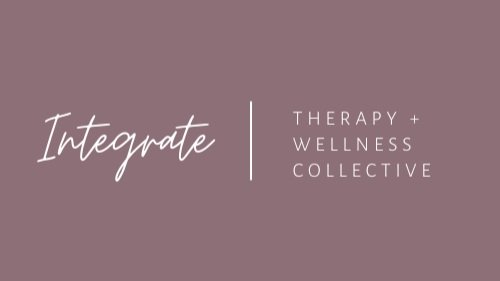October is ADHD Awareness Month “The Many Faces of ADHD”
By Jen Bennethum
Every October, communities around the world pause to recognize ADHD Awareness Month. It is a time to challenge stereotypes, share accurate information, and amplify the voices of those living with attention-deficit/hyperactivity disorder. Far too often, ADHD is reduced to a caricature of restless children who cannot sit still. The truth is far more complex. ADHD is a neurodevelopmental condition that affects people of all ages, genders, and backgrounds, and it shows up in ways that are not always obvious. This month is about education, compassion, and dismantling stigma so that more people can access the support they deserve.
Symptoms Beyond the Stereotypes
When most people think of ADHD, they picture inattention, hyperactivity, and impulsivity. Yet many symptoms fly under the radar. Emotional dysregulation—feeling emotions more intensely than others—is one of the most common but least discussed. People with ADHD may experience sudden bursts of anger, deep sensitivity to criticism, or overwhelming shame after small mistakes. Time blindness, the inability to sense the passage of time, can make someone late despite their best intentions. Sleep difficulties, intrusive thought loops, and hyperfocus—becoming so absorbed in a task that hours disappear—are also part of the lived experience. These subtler symptoms are often misinterpreted as laziness, moodiness, or even character flaws, when in reality they are neurological in nature.
ADHD in Relationships
ADHD does not exist in isolation; it shapes the way people connect with others. In relationships, forgetfulness or distraction can be mistaken for disinterest, leaving partners feeling unheard or unimportant. Emotional impulsivity may lead to arguments that escalate quickly, while rejection sensitivity can make even gentle feedback feel crushing. On the other hand, ADHD can bring passion, creativity, and spontaneity into relationships, qualities that many partners find invigorating. The challenge lies in navigating the uneven terrain—balancing the gifts with the struggles, and learning to communicate in ways that honor both partners’ needs.
Coping and Everyday Adaptations
Traditional advice for ADHD often centers on medication and therapy, both of which can be life-changing. But many people also develop creative, nontraditional adaptations to make daily life easier. Some rely on body doubling—working alongside another person to stay on task. Others use music or background noise to regulate focus, or measure time in songs rather than minutes. Visual cues, color coding, and ritualized routines can transform chaos into structure. These adaptations are not about “fixing” ADHD but about honoring the brain’s wiring and finding ways to work with it rather than against it.
ADHD in Women: Misdiagnosis and Masking
Women with ADHD are frequently overlooked or misdiagnosed. Because their symptoms often lean toward inattentiveness rather than hyperactivity, they may be dismissed as daydreamers, anxious, or depressed. Hormonal fluctuations across the menstrual cycle, pregnancy, and perimenopause can intensify symptoms, further complicating diagnosis. Many women learn to mask their struggles by over-preparing, overcompensating, or internalizing their distress. This masking can delay diagnosis for years, leaving women vulnerable to shame, burnout, and secondary conditions like anxiety or eating disorders. Recognizing how ADHD presents differently in women is essential for more accurate and compassionate care.
Trauma and ADHD: Overlapping Symptoms
Another layer of complexity arises when trauma enters the picture. Trauma can produce symptoms that look strikingly similar to ADHD: hypervigilance, distractibility, impulsivity, and difficulty regulating emotions. A child who has lived through chaos may appear restless or inattentive in school, leading to an ADHD label when the root issue is unresolved trauma. Conversely, people with ADHD may be more vulnerable to experiencing trauma, as impulsivity and social struggles can place them in risky situations. The overlap makes careful, trauma-informed assessment critical. Without it, individuals may be misdiagnosed, treated ineffectively, or left without the support they truly need.
Resources
CHADD: Children and Adults with Attention-Deficit/Hyperactivity Disorder
ADDitude Magazine for articles, webinars, and lived experience stories
National Center for PTSD for information on trauma and overlapping symptoms
Psychology Today’s ADHD Directory to find clinicians familiar with ADHD and trauma
Moving Forward
ADHD Awareness Month is not just about raising awareness—it is about shifting the narrative. ADHD is not a moral failing, nor is it a one-size-fits-all diagnosis. It is a spectrum of experiences that can be misunderstood, especially in women and in those with trauma histories. By broadening our understanding of symptoms, acknowledging the impact on relationships, and celebrating the creative adaptations people make, we move closer to a world where ADHD is met with empathy instead of judgment. Moving forward means listening to lived experiences, advocating for accurate diagnosis, and creating spaces where neurodiverse individuals can thrive without shame. Please feel free to reach out o us at Integrate Therapy and Wellness Collective for more information or for us to help walk with you on your journey to wholeness.
